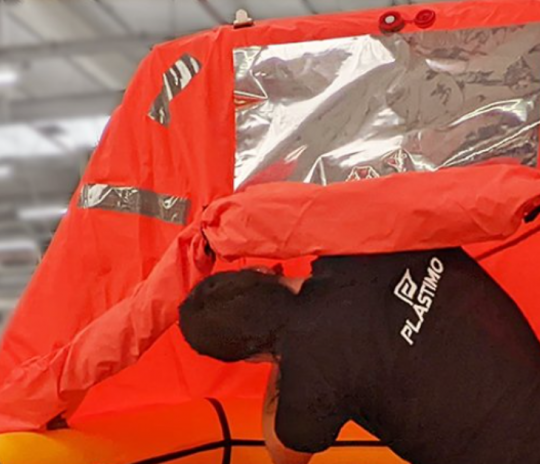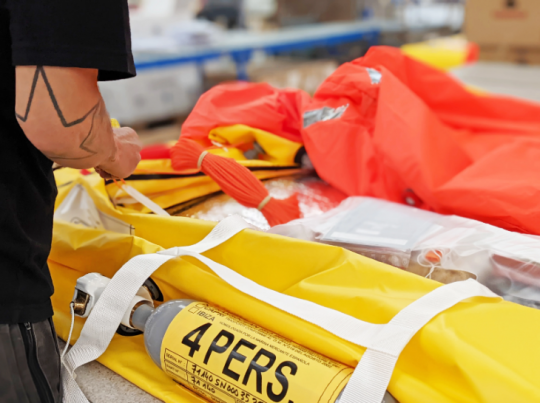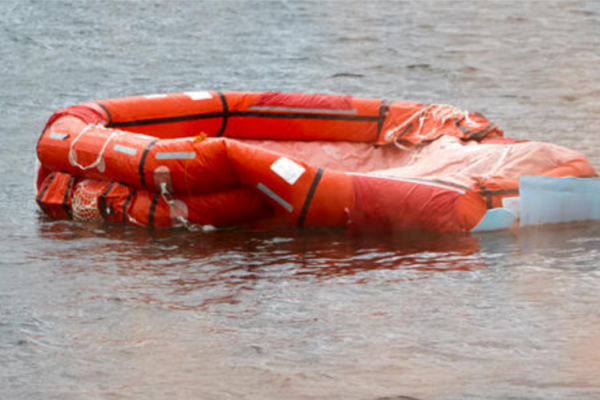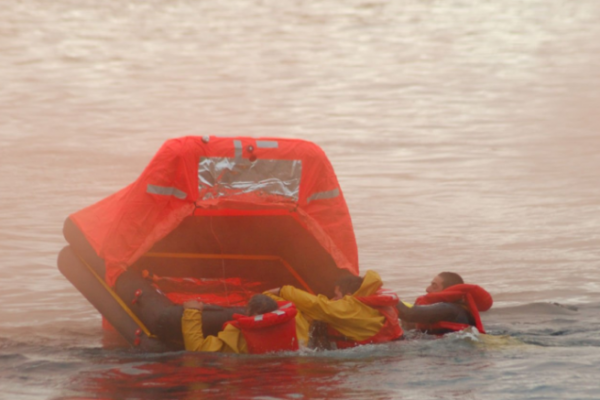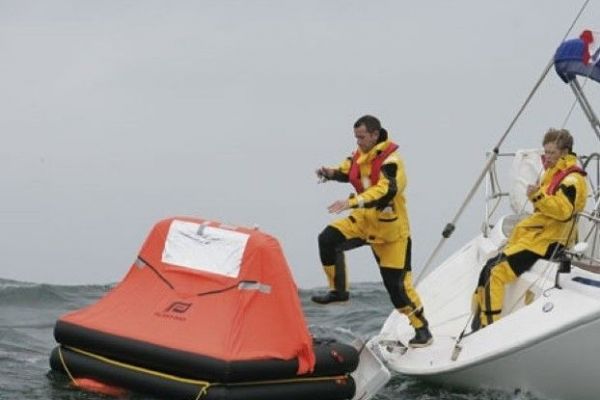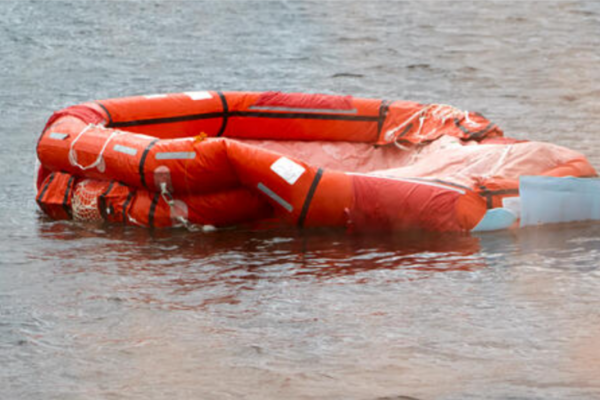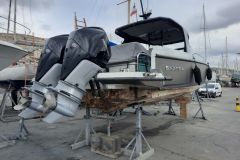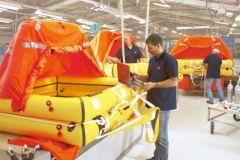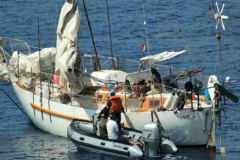When it comes to survival, making the right choice between a coastal or offshore raft is of paramount importance. To do this, you need to know the regulations in force. Other essential factors in the preparation of your equipment deserve your attention, such as storage and periodic servicing of your raft. Let's take a look at these various elements to guide you towards the wisest choices to ensure your safety at sea.
Inshore or offshore?
Maritime regulations provide clear guidelines on the safety equipment required, depending on the distance you are from a shelter. The choice will depend on your navigation zone. According to the regulations, here's what's required:
-
For semi-offshore navigation, between 6 and 60 miles from a shelter: a coastal raft is required as a minimum. In this zone, a type 2 inshore raft complying with ISO 9650-2 is recommended.
-
For offshore sailing, more than 60 miles from a shelter: an offshore raft is essential. If you're sailing beyond 60 miles from shelter, you'll need a type 1 deep-sea raft, in compliance with ISO 9650-1.
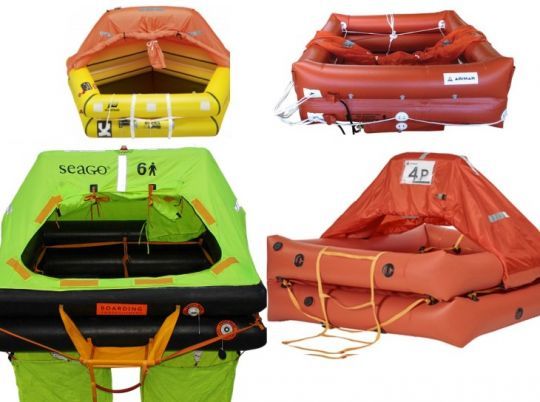
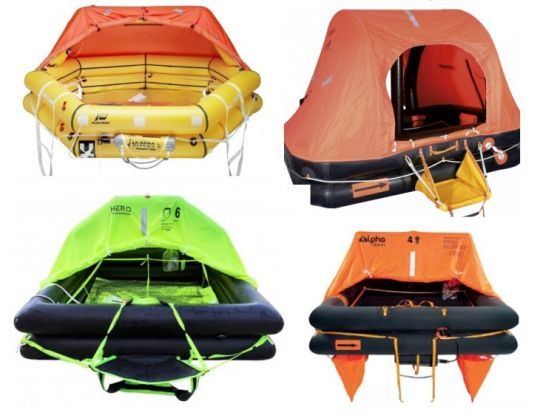
Type 2 rafts, or coastal rafts, have no thermal double-bottom and no space for lying down. They are less well equipped with water and survival rations.
Offshore rafts, or Type 1 rafts, on the other hand, have a thick double bottom to protect them from the cold. They are more spacious and better equipped, offering greater stability to cope with more difficult sea conditions. Many manufacturers offer high-performance liferafts. Since 1978, Plastimo, for example, has opted for a unique double-chamber polyurethane design, ensuring abrasion resistance and mechanical strength.
Type 1 deep-sea rafts are available in versions for less than 24 hours and for more than 24 hours, depending on the probable length of the occupants' stay. They differ in the way they are armed. It is up to the owner to decide whether to equip the liferaft for one or the other duration. You should also take into account the time needed for rescue services to reach the wrecked area, depending on how far you are from the coast.
Registration of your raft is compulsory.
What's inside a life raft?
Equipment may vary according to model. In general, you will find :
- A floating anchor
- 1.5 liters of water per person
- An inflator
- 500 grams of food rations per person
- Two insulating blankets
- A first-aid kit
- Two paddles
- A knife
- A buoy with rope
- Six hand-held lights
- A scoop
- Two parachute rockets
- Two sponges
- A signal mirror
- A repair kit
- An inflator
- An outdoor lamp
- Instructions for use
- An interior lamp
- Survival instructions and distress signals
- Flashlight + batteries and bulbs
- A rainwater collection gutter
- A rainwater reservoir
- Reflective strips
- A whistle
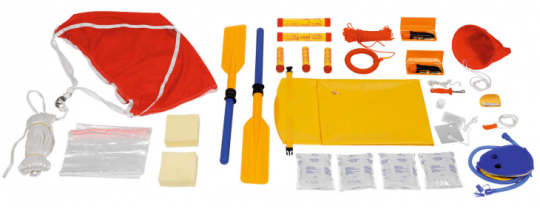
What type of storage is best?
There are two ways to store the raft.
Containerized: The raft is stored in a sturdy PVC box, protected from the elements. It can also be stored under a tarpaulin. This method of storage is particularly suitable if you're storing your raft outside your boat, on the skirt, deck or balcony. Make sure the percussion tip is positioned upwards.
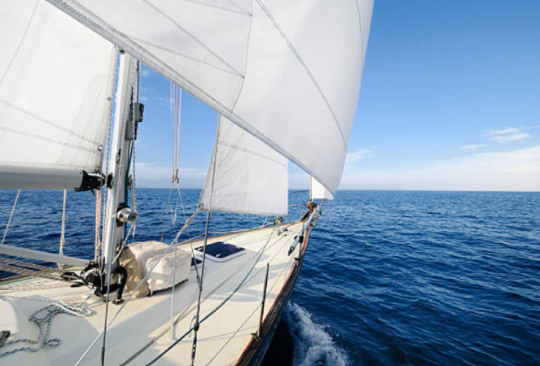
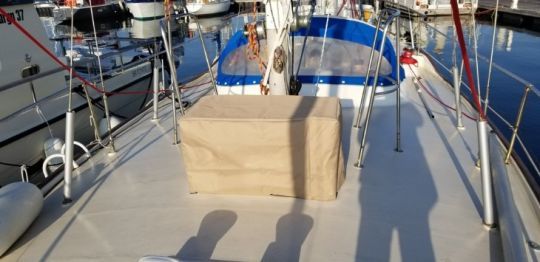
In a bag: A raft stored in a bag is considerably lighter, but also more fragile. This is the preferred storage method if you're storing your raft in a trunk or inside your boat. The latter option should be avoided in terms of deployment speed.
In all cases, store your raft upright (the arrows indicate the top of the raft). Don't walk or sit on your raft, and don't drag the container across the floor.
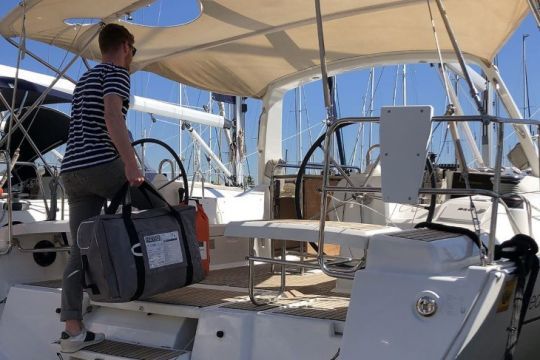
Should I have my life raft serviced?
A liferaft has a lifespan of 15 years. Individuals should have their liferaft serviced every 3 years. It must be as reliable as when you bought it. For boats operating in tropical zones, an annual service is recommended. Prices vary from ?400 to ?500, depending on the manufacturer and type of liferaft. This service does not include re-testing the compressed-air cylinder, which must be carried out every 9 years and costs around ?100. Some manufacturers work with specialized overhaul stations located all along the French coast, and approved by the majority of manufacturers. Another example: Plastimo liferafts are only serviced in the brand's Lorient workshops.
